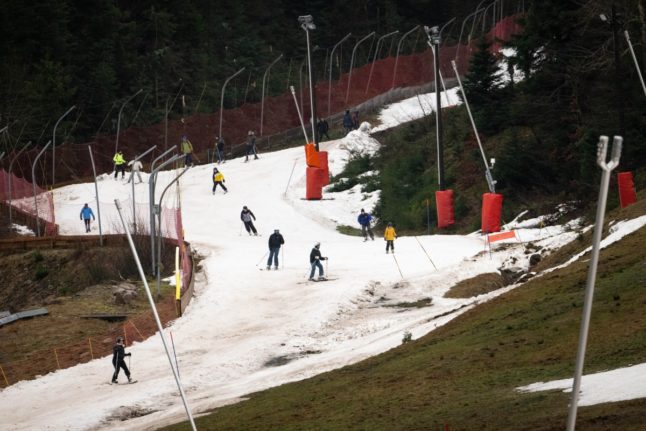“Things are looking really good. So far we’ve had the best winter in years with lots of snow,” race chief Bo Johansson told AFP.
“Now we’re just hoping for colder temperatures, because when you have nearly 15,000 skiers starting in a single race you really need the cold to keep the tracks in good shape.”
That wish just might come true, with the national meteorological institute SMHI predicting that temperatures at the starting line should drop from around freezing on Thursday to about minus seven degrees Celsius on Sunday.
Inspired by a flight by Sweden’s future king Gustav Vasa, who was locked in a life and death struggle against invading Danes in 1521, the event covers the 90-kilometre-stretch between Sälen and Mora in western Sweden near the Norwegian border.
The first race took place in 1922 and has been held nearly every year since then.
Up until a few years ago, the number of participants steadily grew, but Johansson said the horde of people signing up appeared to have stagnated at around 48,000 for the whole week of different activities, and between 14,000 and 15,000 for the main race.
“The problem is there have been a lot of green winters in central and southern Sweden in recent years, which makes it difficult to get new skiers involved. Someone who today buys ski equipment for 10,000 kronor ($1,100) wants to be able to use it for more than a race,” he explained.
This year, a total of 14,896 people will start in the main race.
While most of them are Swedes, 39 other nationalities will also be represented, with some coming from as far away as China, New Zealand, Pakistan and the desert state of the United Arab Emirates.
The Vasaloppet record is held by Peter Göransson who finished the course in three hours, 38 minutes and 57 seconds in 1998, which translates into a fearsome average speed of around 25 kilometres per hour.
This kind of athletic exploit has enhanced the Vasaloppet’s reputation as one of the great European events of the winter season, attracting increasing numbers of world class skiers.
While Swedish sport fans admire the world-class level of Sunday’s top skiers, they still cherish the traditional role of the Vasaloppet as a fun run for all ages and levels, which is its great attraction to ordinary, and not so ordinary, Swedes.
“Most people take this seriously and prepare, but not everyone. The most extreme case I’ve seen is a skier who started looking for skis to buy the evening before the race. That’s probably not too smart,” Johansson said.
The race is not completely without its risks. On average, one person dies during the week of Vasaloppet activities, Johansson said, adding that in most cases it was a person with pre-existing medical conditions.
“In most cases they’ve felt that something was wrong before they started,” he said, pointing out that a 63-year-old man who died earlier this week in a race had told a friend he had chest pains ahead of time.
He said studies had shown that, due to the exercise involved, people who take part in Vasaloppet live longer than others.
“But I guess on the actual day of the race they live a bit more dangerously than people watching it on television.”



 Please whitelist us to continue reading.
Please whitelist us to continue reading.